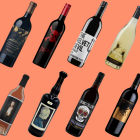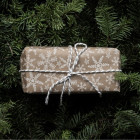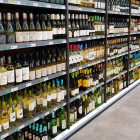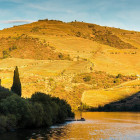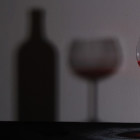The world of wine can be vast and complex, so it follows that selecting the proper glassware comes with its own challenges, too – there’s a seemingly unending variety of options available. Of course, there’s nothing to stop you serving your wine in a coffee mug or even pint glass should you wish, but experts largely agree that the proper glass, paired with the right wine, will make all the difference to your tasting experience.
The basics
A wine glass is comprised of three parts – the base, the stem and the bowl. The base – sometimes referred to as the foot – keeps the glass standing and stable. The stem is the functional part that the drinker holds, and the bowl is the part that holds the wine – this is the most important component of a wine glass.
Regardless of the style of the bowl or the wine you’re drinking, it’s recommended that you only fill to the bowl’s widest part. This maximises the wine’s contact with air and allows the drinker to swirl the wine around in the glass – both of which are important for collecting and releasing aromas.
There is an increasing trend for stemless glasses, which feature a bowl with a flattened bottom that sits directly on the table. Some proponents enjoy the look and style of these types of glasses, others claim that without a stem to hold the drinker’s touch upon the bowl will inadvertently affect the wine’s temperature. In any case, the focus on the bowl’s shape and size remains the same.
Red wine glasses
Red wine glasses are taller than white wine glasses, and they usually have a larger bowl size, to allow the wine to come into contact with more oxygen. This is because reds generally need more of a chance to ‘open up’. If in doubt, an ‘all-round’ or ‘universal’ red wine glass will do the job just fine, but there are a wide variety of glass shapes designed especially for the characteristics and nuances of wine from particular regions.
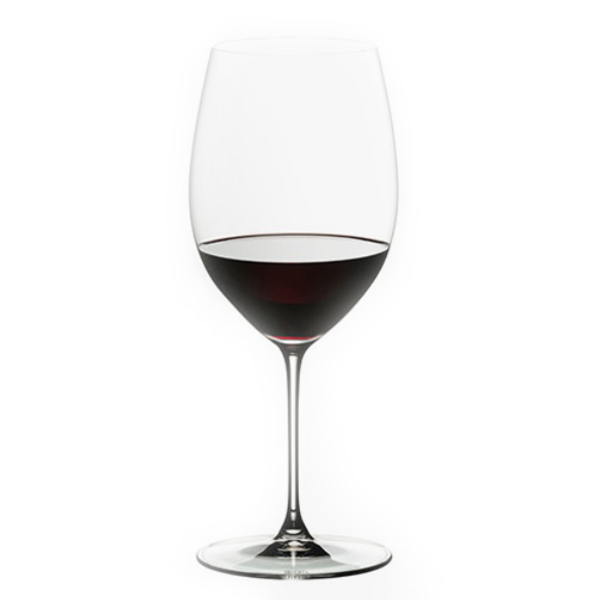
Bordeaux / Merlot / Cabernet
Glasses for these wines are usually the tallest you’ll find, with a large bowl that tapers ever so slightly towards the opening. This allows you to really get your nose in the glass for a good sniff, and for the ethanol to evaporate easily, helping the wine taste smoother and bringing out fruit flavours.
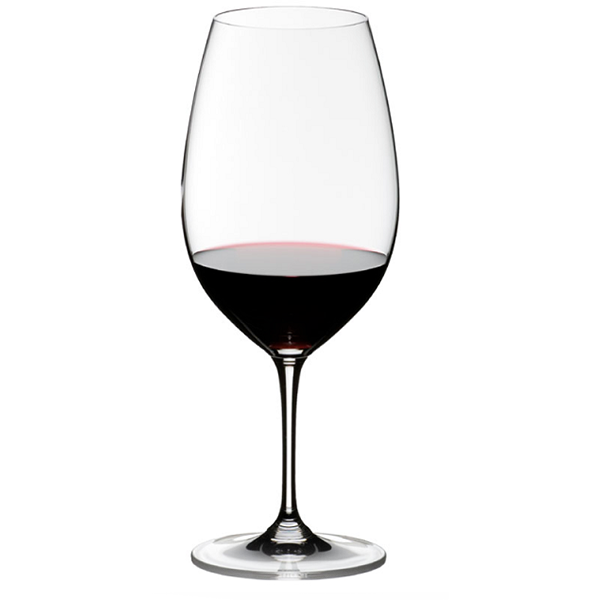
Syrah / Shiraz / Malbec / Sangiovese
These wines often have more tannic, spicier flavours, so their corresponding glass has a slightly smaller bowl with a smaller opening. This helps to soften the wine as it reaches your palette more slowly. A greater degree of tapering, meanwhile, helps to trap the aromas so you can enjoy the wine’s flavours to their fullest.
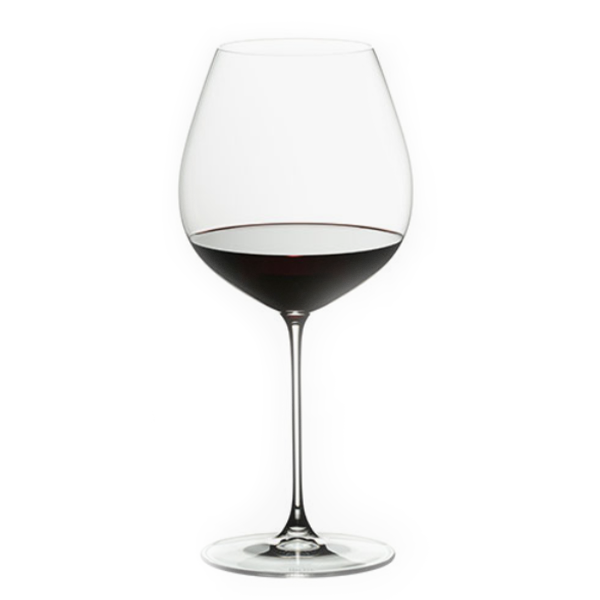
Burgundy / Pinot Noir
Glasses for these wines are usually the widest and shortest styles. A wide bowl allows a larger amount of oxygen to contact the wine, while the smaller opening and high degree of tapering helps to collect the wine’s bold aromas and direct its intense flavours to the right part of your tongue.
White wine glasses
White wine glasses are typically smaller in height and bowl size than red wine glasses. As its aromas are much lighter, this allows the wine to come into closer proximity to your nose.
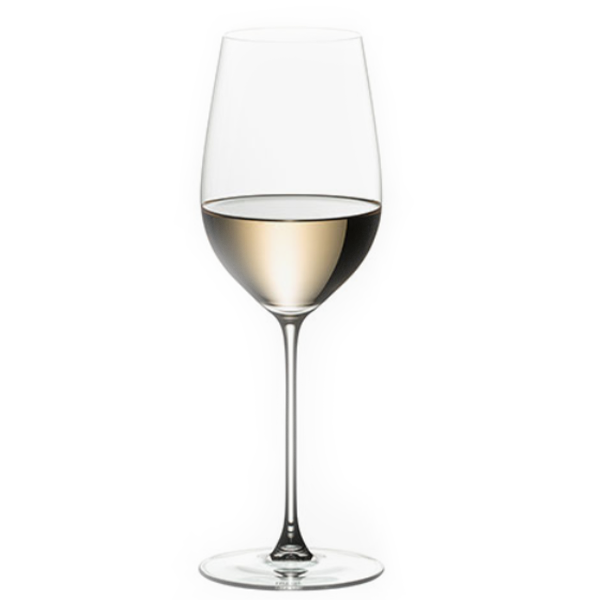
Sauvignon Blanc / Riesling
Despite their different characteristics, Sauvignon Blanc and Riesling can be served in the same style and shape of glass – typically with a mid-to-long stem and narrow bowl with slight tapering. For Sauvignon Blanc, this helps to minimise the levels of oxygen in the glass, making it easier to detect the wine’s aromas. For Riesling, meanwhile, this helps to concentrate the aromas in the top half of the bowl.
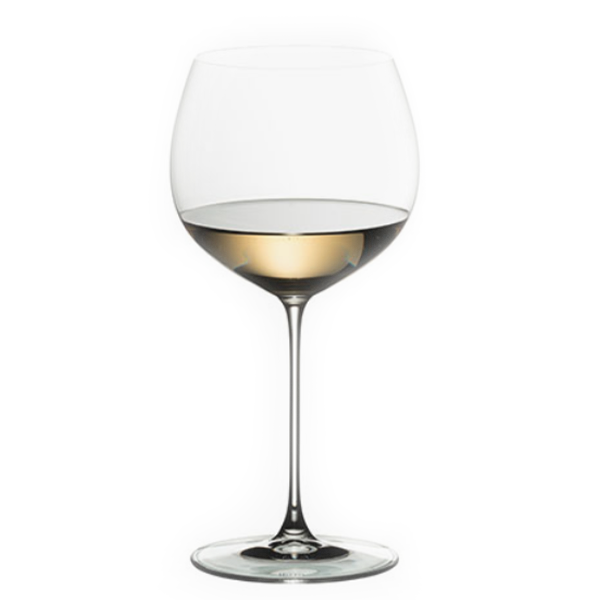
Chardonnay
Glasses designed for Chardonnay are almost the complete opposite of those designed for Sauvignon Blanc. These glasses have a large bowl, much like that found in a glass for Burgundy or Pinot Noir, although they are still smaller overall. The large bowl allows for a big surface area, ideal for full-bodied, oak-aged whites.
Glasses for rosé, bubbles and Port
Other wine styles demand their own types of glasses. Bubbles, such as Champagne and Prosecco, are traditionally served in tall, taper-free flutes, which help to keep bubbles on the tip of the tongue. There is some controversy around this school of thought, though, as some fizz fans claim Champagne is actually better served in a saucer or even a white wine glass – we say it’s a matter of preference.
Rosé, meanwhile, is best served in glasses with narrow bowls and long stems, but can also be enjoyed in white wine glasses. And Port – given its strong flavours – is always best served in dedicated Port glasses: smaller vessels with a highly-tapered rim, allowing its flavours to come through steadily.

